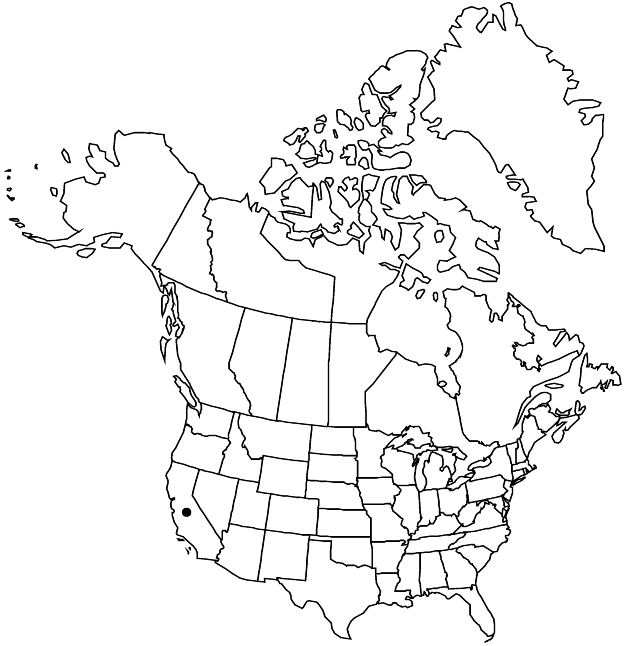Ceanothus foliosus
Proc. Davenport Acad. Nat. Sci. 5: 172. 1889.
Shrubs, evergreen, 0.3–3.5 m. Stems erect, ascending, arcuate, or prostrate, not rooting at nodes; branchlets green, not thorn-tipped, round or slightly angled in cross-section, flexible, villosulous. Leaves: petiole 1–3 mm; blade flat or ± folded lengthwise, narrowly elliptic to oblongelliptic or oblanceolate, 5–24 × 3–13 mm, base obtuse to rounded, margins entire or weakly glandular-denticulate most of length, ± thick, not revolute, usually wavy, sometimes not wavy, teeth 31–42, apex obtuse, abaxial surface pale green to grayish green, villosulous or glabrous and sometimes sparsely puberulent on veins, adaxial surface dark green, glabrous or sparsely puberulent; pinnately veined or faintly 3-veined from base. Inflorescences axillary, umbellike to racemelike, 1–3.5 (–7) cm. Flowers: sepals, petals, and nectary pale to dark blue. Capsules 3–4 mm wide, weakly lobed at apex; valves smooth, not or weakly crested.
Discussion
Varieties 3 (3 in the flora).
Selected References
None.
Lower Taxa
Key
| 1 | Leaf blade abaxial surfaces moderately to densely villosulous. | Ceanothus foliosus var. medius |
| 1 | Leaf blade abaxial surfaces glabrous or sometimes sparsely puberulent on veins. | > 2 |
| 2 | Leaf blades ± folded lengthwise, margins wavy, glandular-denticulate. | Ceanothus foliosus var. foliosus |
| 2 | Leaf blades flat to ± folded lengthwise, margins not to weakly wavy, entire or weakly denticulate near apex. | Ceanothus foliosus var. vineatus |
"glandular-denticulate" is not a number."thin" is not a number.
